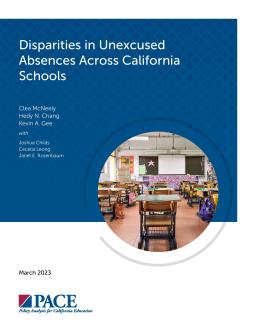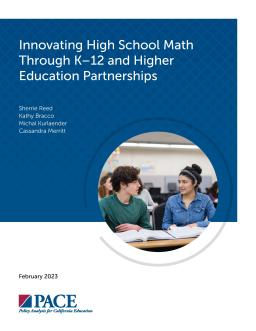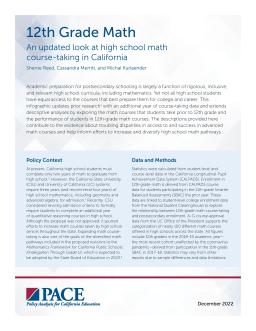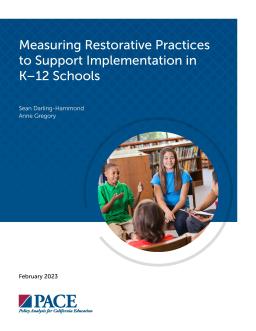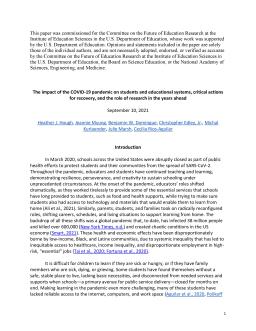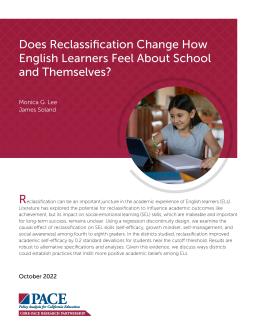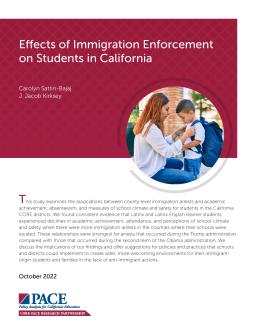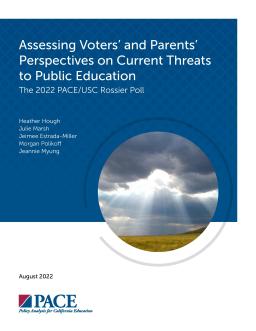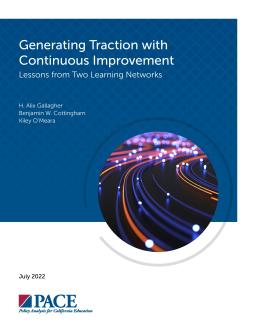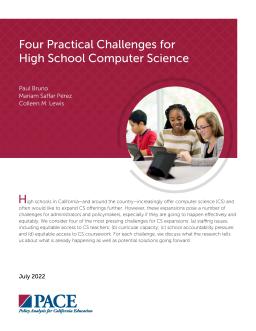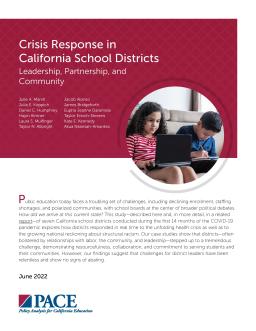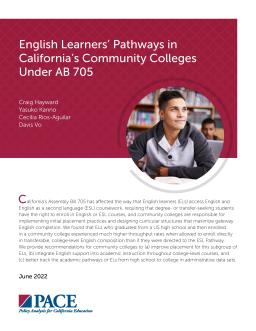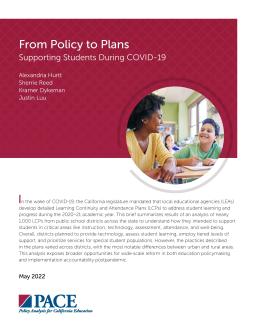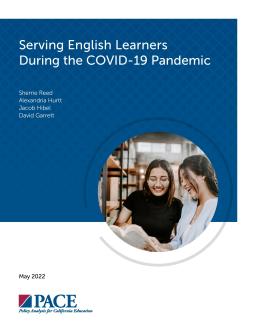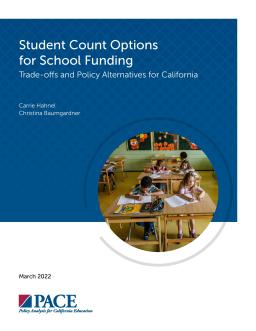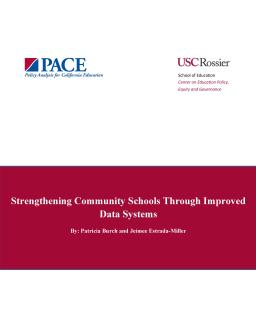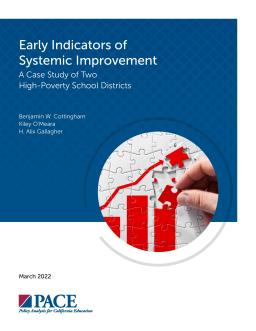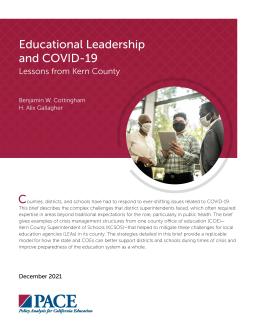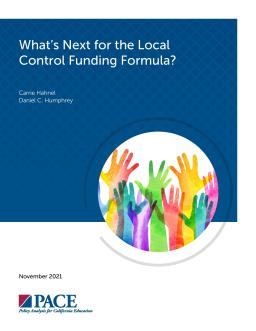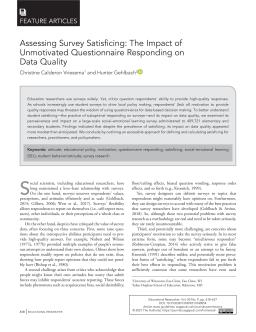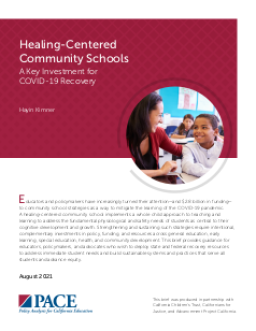Summary
Summary
Summary
Summary
Summary
Summary
Summary
Summary
Summary
Summary
The 2021-22 academic year in California was challenging for public education due to eight issues that threaten student learning, schools, and public education itself, including gun violence, declining enrollment, and long-term funding inadequacy. These issues also have a disproportionate impact on marginalized communities and highlight long-standing systemic inequities. In July 2022, PACE and USC Rossier School of Education conducted a poll of California voters to determine their views and priorities on public education.
Summary
Summary
Summary
Summary
Summary
Summary
Summary
Summary
Summary
Summary
Summary
Summary
This report examines California's Local Control Funding Formula (LCFF) after eight years and suggests refinements to improve equitable funding, opportunities, and outcomes. Based on interviews, research, and data analysis, the report identifies four areas for improvement: revisiting and refining the funding formula, modernizing funding for students with disabilities, equitably distributing effective teachers, and strengthening transparency, engagement, and accountability. LCFF has been viewed as an improvement over the previous system yet gaps between equity goals and local outcomes remain.
Summary
IES issued a report on the future of education research at the National Centers for Education Research and Special Education Research. The report identifies issues, details new methods and research investments needed in the future. PACE produced a paper to synthesize existing evidence in the field and frame recommendations. Public input and outside experts were also consulted.
